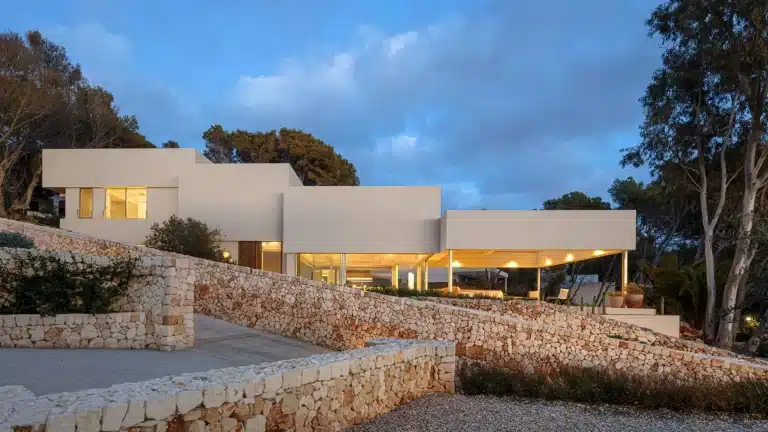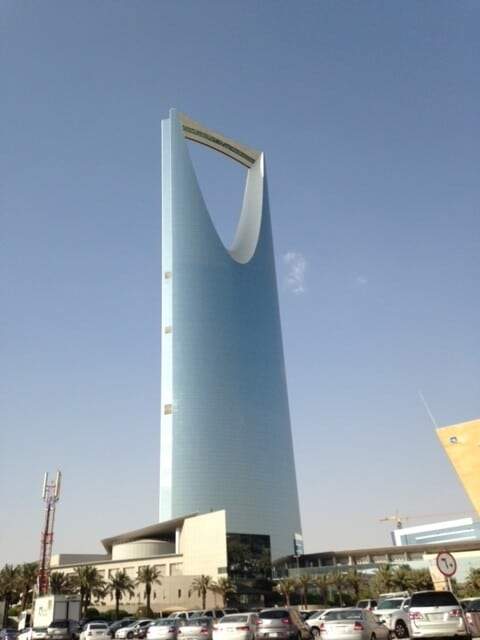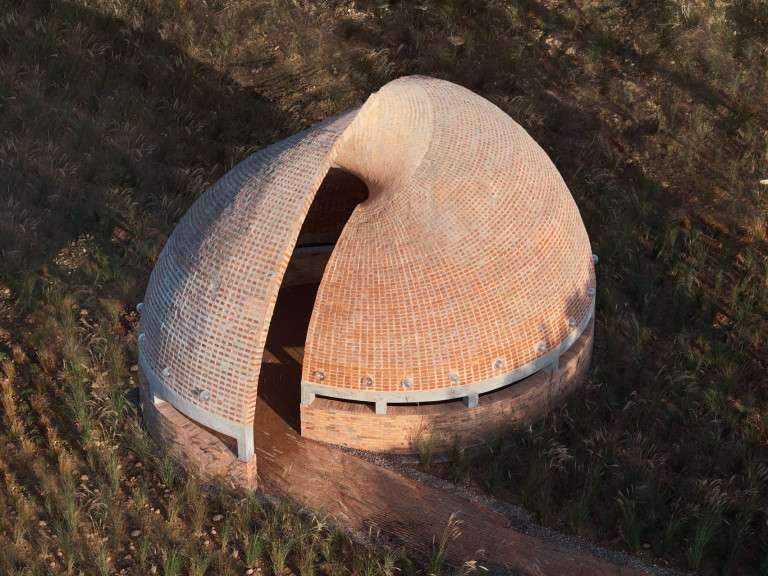Multifunctional Spaces: Designing for Versatility and the Future of Living
As we navigate an increasingly urbanized world with skyrocketing housing prices and ever-smaller living spaces, the concept of multifunctional design is becoming more than just a trend it’s a necessity. Young people, in particular, are adopting new ways of living that reflect their desire for flexibility and mobility. The current generation, from ages 16 to 24, faces unique challenges in achieving the traditional dream of home ownership, and their expectations for how they want to live are shaping a new architectural paradigm: multifunctional, versatile spaces that adapt to every need of the resident.
A Shifting Perspective: Flexibility and Mobility in Design
The young, urban generation increasingly values flexibility in both career and lifestyle. The shift towards working from home, prompted in part by the pandemic, has solidified the need for adaptable living environments. In cities across the globe, the trend is for smaller apartments where rooms must serve more than one purpose to suit young people who prioritize experiences over material possessions.
With urban apartments typically averaging 600 to 800 square feet in many cities like London or New York, the ability to transform a living space into a bedroom, a home office, or a social lounge is paramount. This demand has spurred architects and designers to innovate multifunctional solutions like murphy beds that can fold into a wall, or desks that tuck away when the workday is over. According to a 2023 survey by IKEA, 42% of young adults across Europe expressed a desire for flexible furniture that allows them to make the most of limited space.
Architectural Implications for a Changing Workforce
The shift to remote and hybrid work has also redefined how people use space. Whereas traditional home layouts included designated areas for dining, lounging, and sleeping, multifunctional architecture aims to erase these strict boundaries. Spaces that move with time are a hallmark of contemporary residential design such as using sliding partitions to convert a large living room into separate work and entertainment areas during different times of the day.
For the upcoming generation, an increasing number are seeing their home as both a residence and a workplace. This trend might even impact the future of cities: office buildings that are no longer needed for commercial purposes may be transformed into mixed-use residential units. This potential shift means that new design standards must consider everything from air quality to natural lighting and noise mitigation essential for both productivity and comfort.
Generation Z: Expectations for Housing
Young people today, especially those from Generation Z, are generally more skeptical of home ownership. With rising costs and uncertainties regarding job stability, renting has become the preferred option for many. As a result, they prioritize rental properties that are affordable, efficient, and well-designed. Surveys from 2024 show that 58% of young people would rather rent a smaller unit in a well-connected city than buy a larger property in a suburban or rural setting.
Their expectations of architecture go beyond function they want homes that reflect their environmental values. The multifunctional space movement aligns perfectly with the need for sustainability: the fewer materials and less space a person consumes, the lower their carbon footprint. Design that encourages people to live with less can play a significant role in combating climate change, a priority for younger generations.
Reimagining Urban Spaces for the Next Generation
The architecture of tomorrow will be more hybrid and dynamic. Young people of today are living smaller, but with bigger ambitions for how that space can serve their needs. This adaptability, driven by multifunctional designs, offers a solution to the economic challenges they face. For many, the living room isn’t just a place to socialize it’s an office, a gym, a bedroom, and a creative workshop. Modern architecture must take these shifts seriously by rethinking layouts and using materials and technology that enable true flexibility.
As new mobility technologies continue to emerge such as electric scooters, bicycles, and compact shared vehicles the pressure to design multi-use buildings will increase. Entire buildings can, and likely will, be reimagined for a world where traditional car ownership is no longer the norm. Office towers in downtown districts could transform into collective housing spaces, with multiple uses packed into every square meter. There’s a growing demand for designing these spaces smartly to be energy-efficient, easy to maintain, and equipped with the tools that support multifunctionality.
Conclusion: A Future Defined by Versatility
Multifunctional spaces aren’t just about squeezing multiple purposes out of a room; they embody a changing way of life that values flexibility, adaptability, and efficiency. For Generation Z, these are the ideals that align with both their economic realities and their lifestyle preferences. Architecture is evolving it must respond by making spaces versatile, affordable, and beautiful, supporting a generation looking to redefine how they live and thrive. The cities of the future may indeed be built for movement, but it’s the intelligent design of stationary spaces that will empower the next generation.







